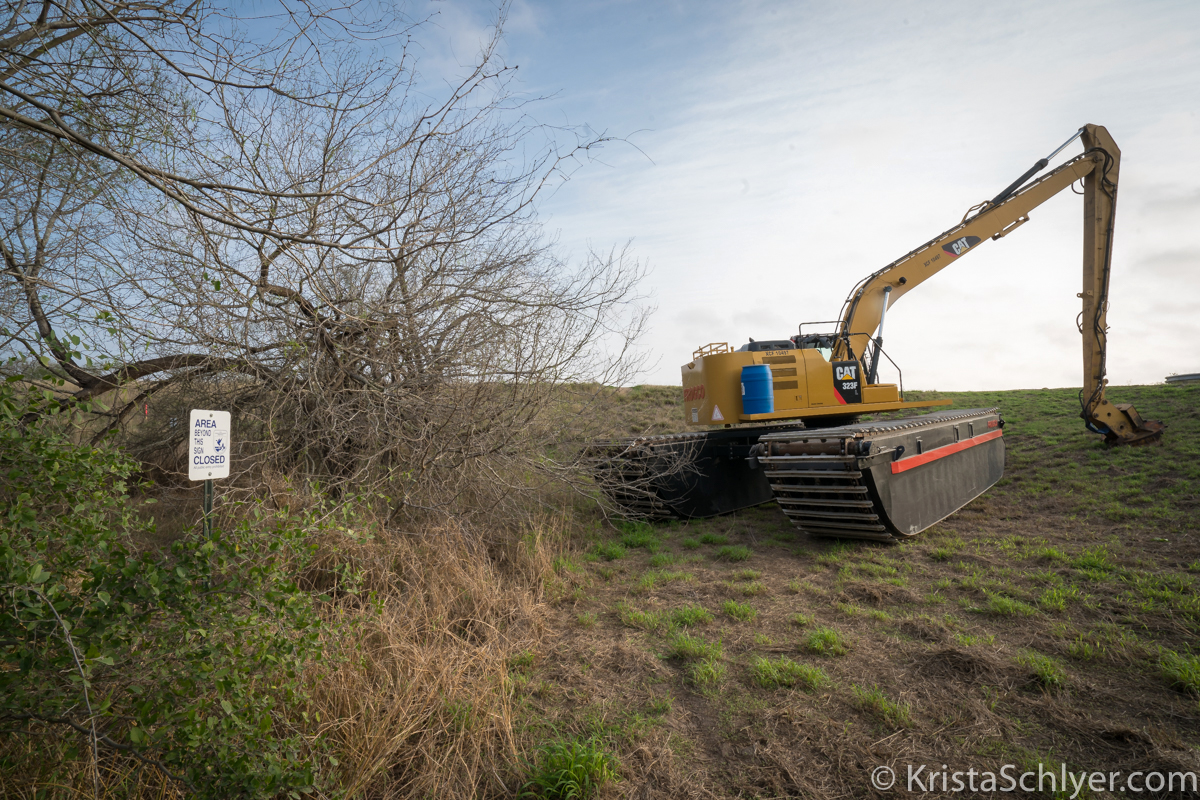Wednesday morning at dawn a solitary pied-billed grebe paddled through a misty oxbow lake called La Parida Banco in the Lower Rio Grande Valley National Wildlife Refuge. La Parida translates from Spanish as: one who has just given birth, perhaps the most apt description I’ve ever heard for a wildlife refuge. I contemplated this meaningContinue reading “La Parida: Where the Wild Things Were”
Tag Archives: wildlife refuge
Ay Santa Ana
Santa Ana and the battle for sacred ground There are some places in this world where life and beauty effervesce from the ground itself, places we simply can not lose. There are landscapes where lines must be drawn in the proverbial sand and we must say, no, you will not take this from the world.Continue reading “Ay Santa Ana”

